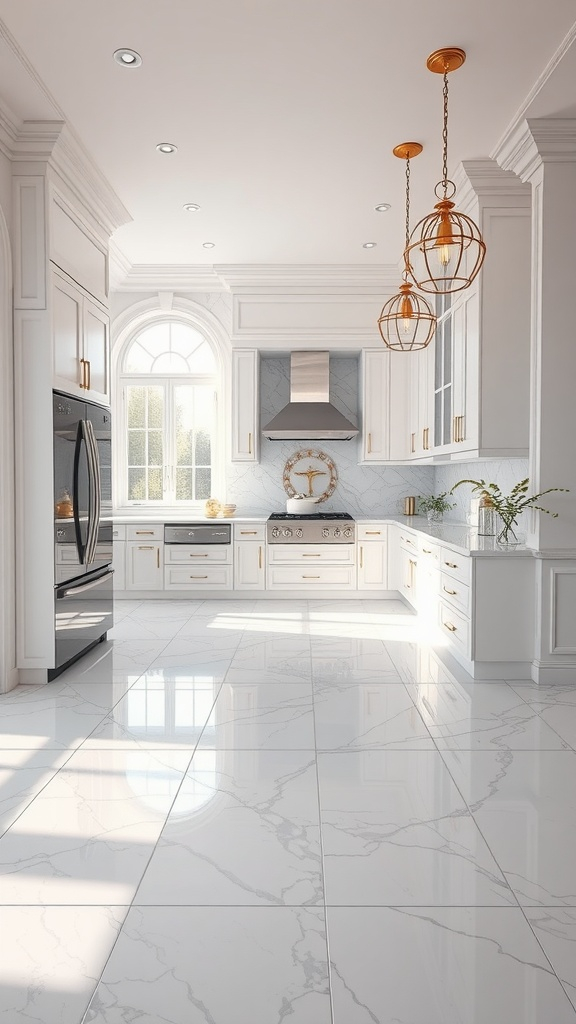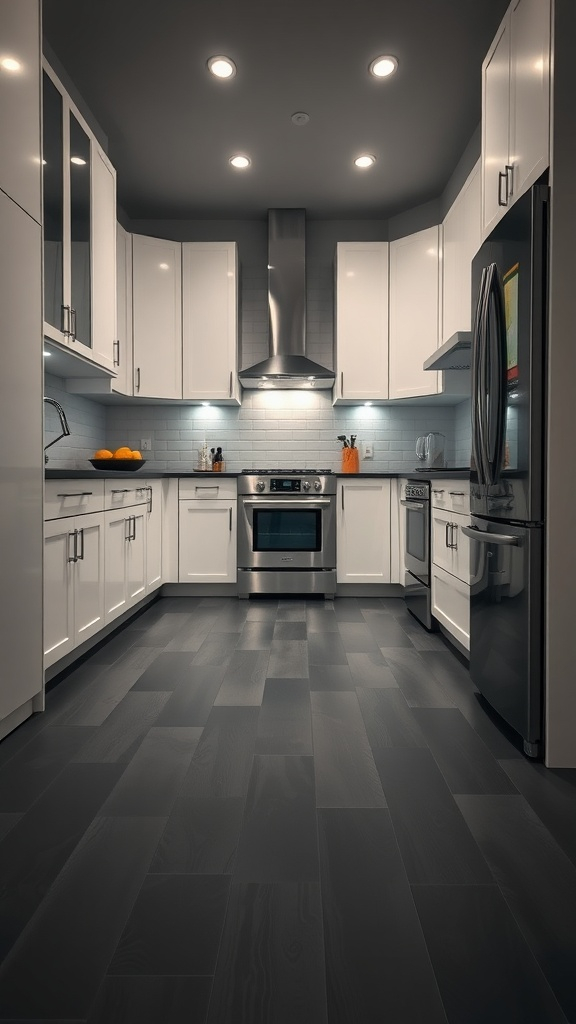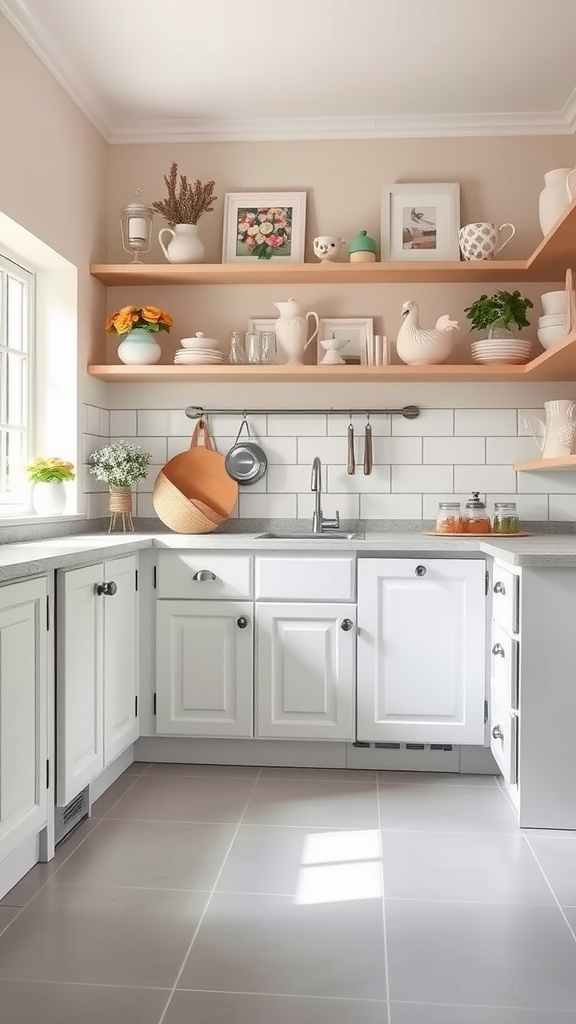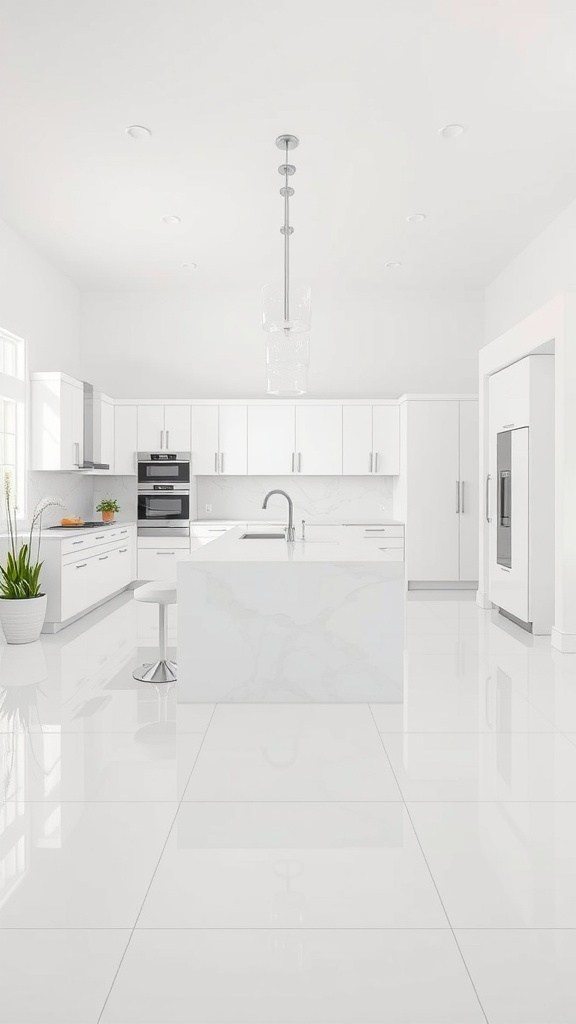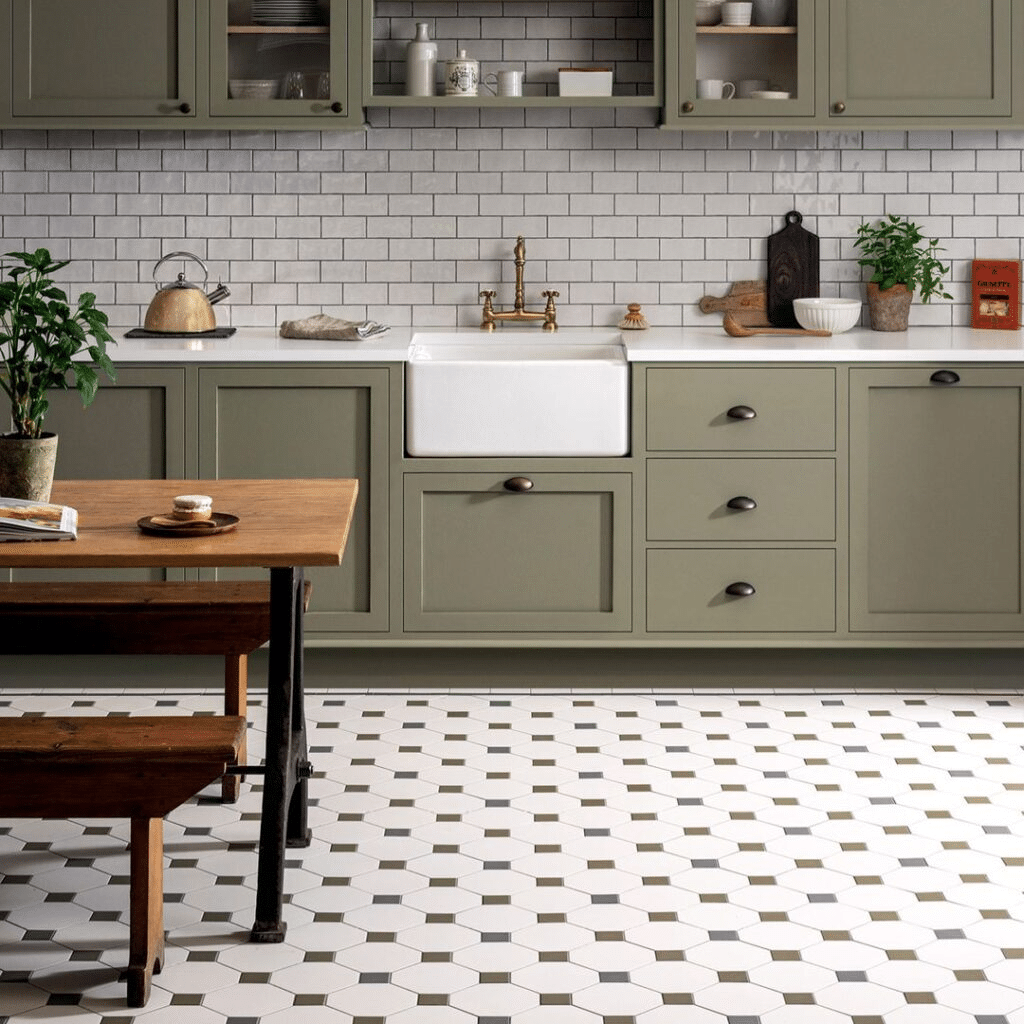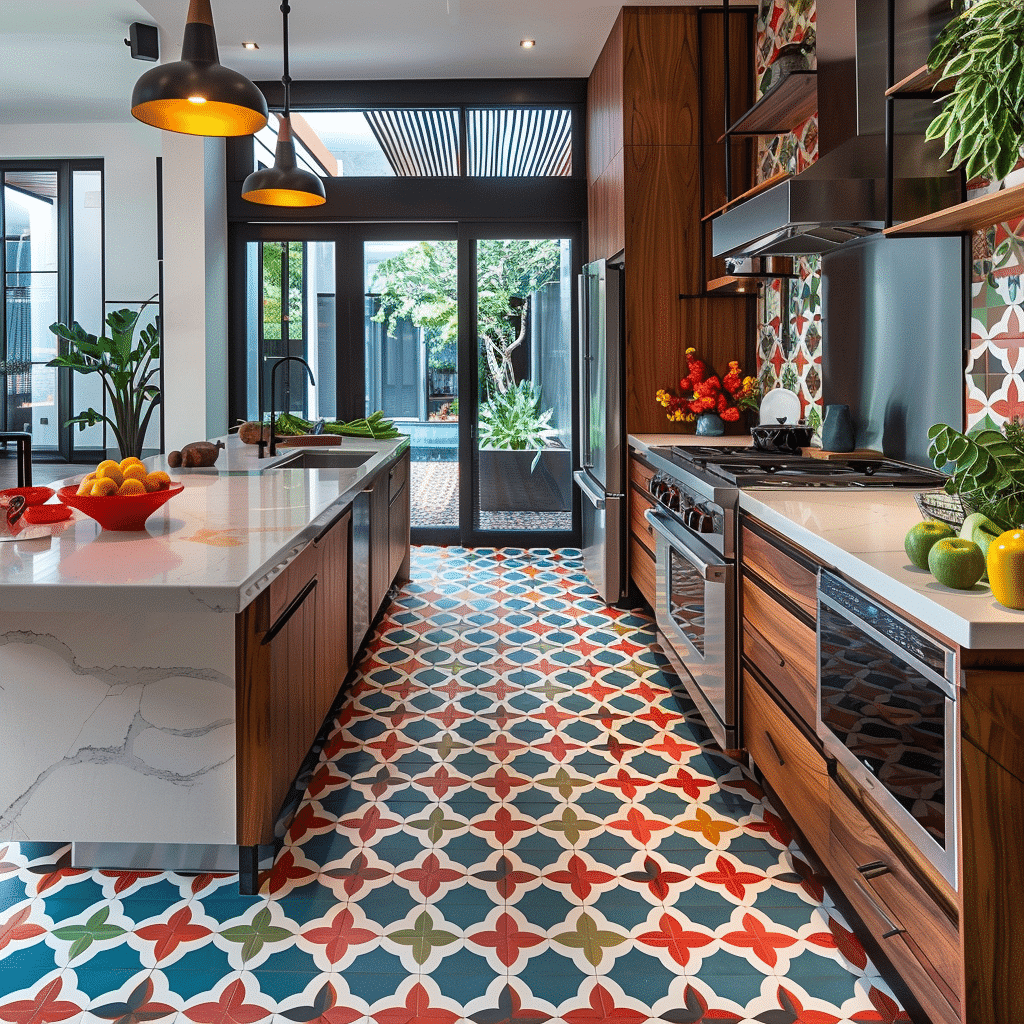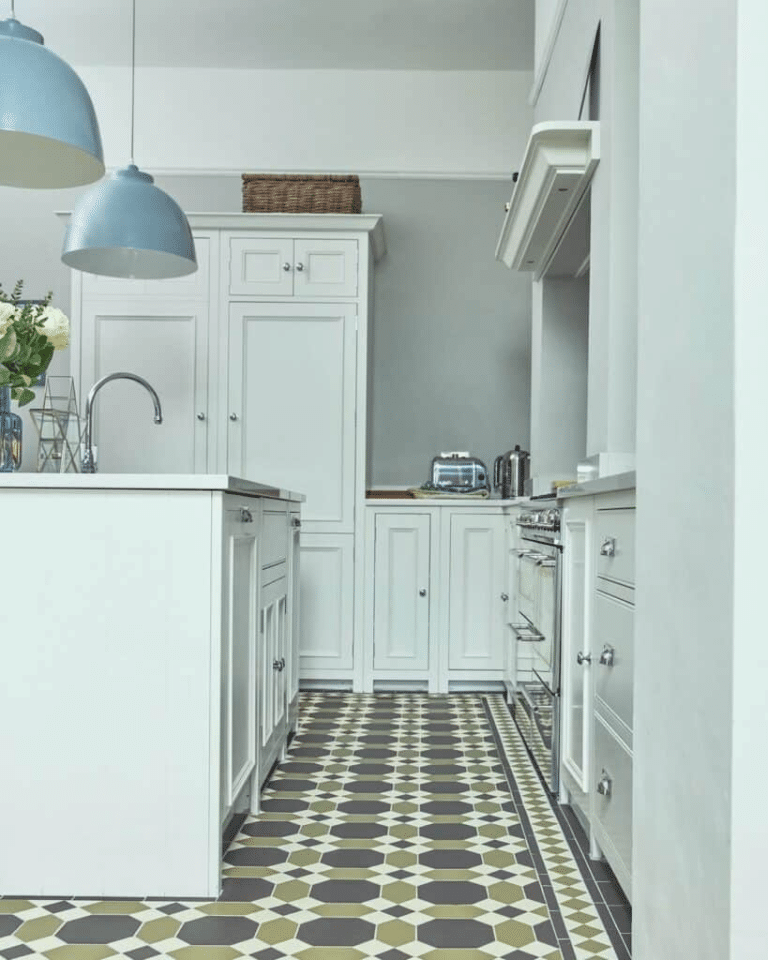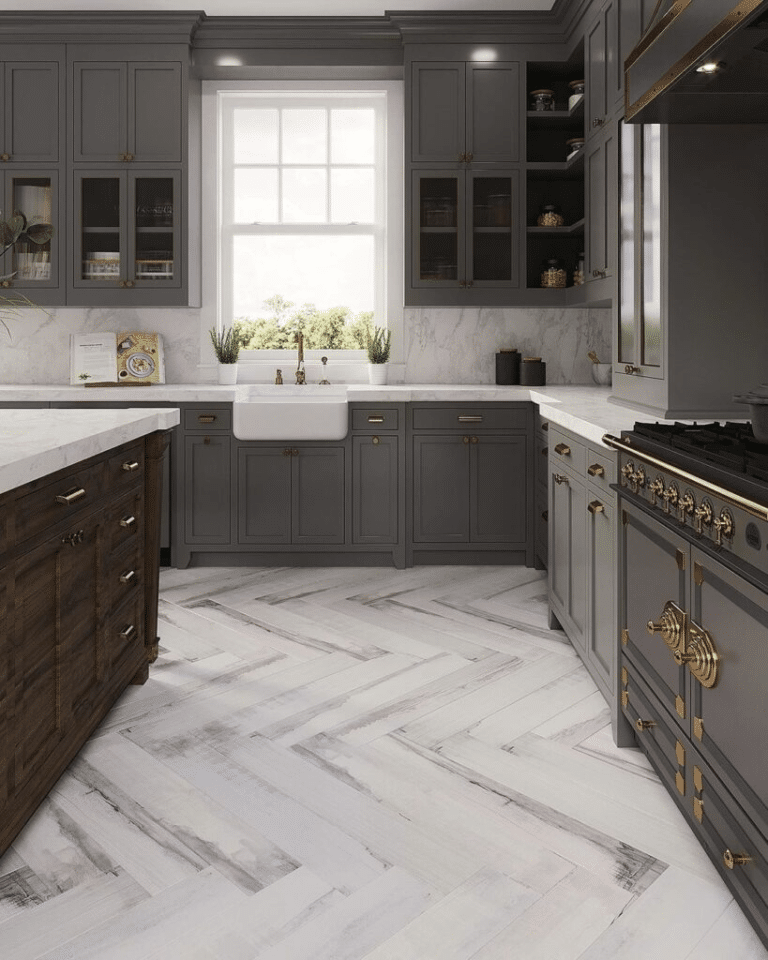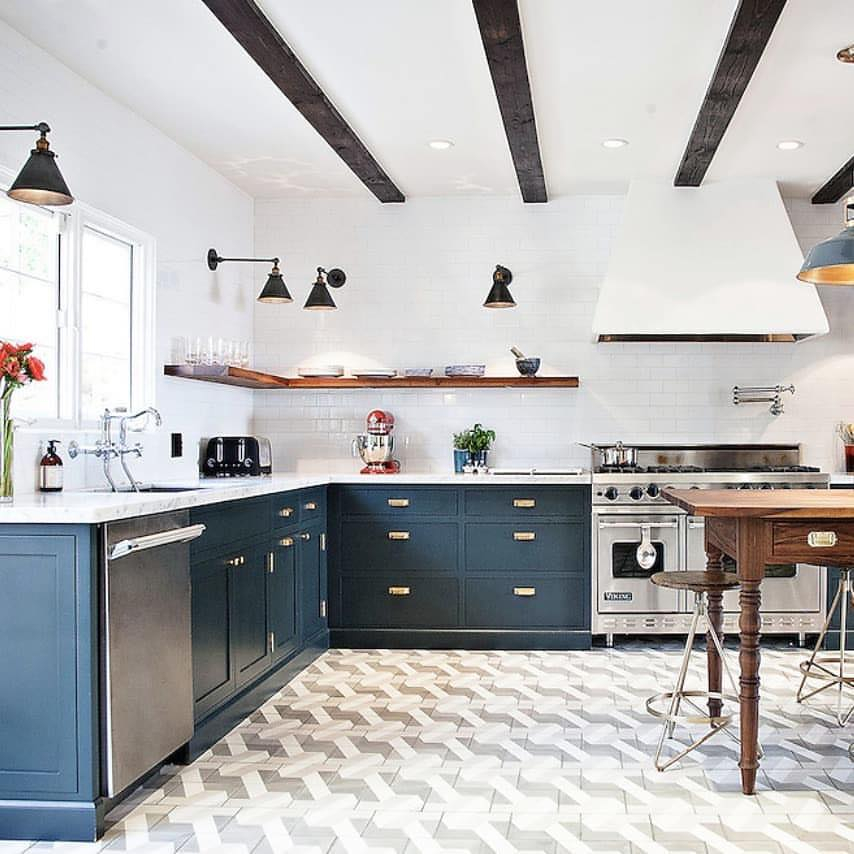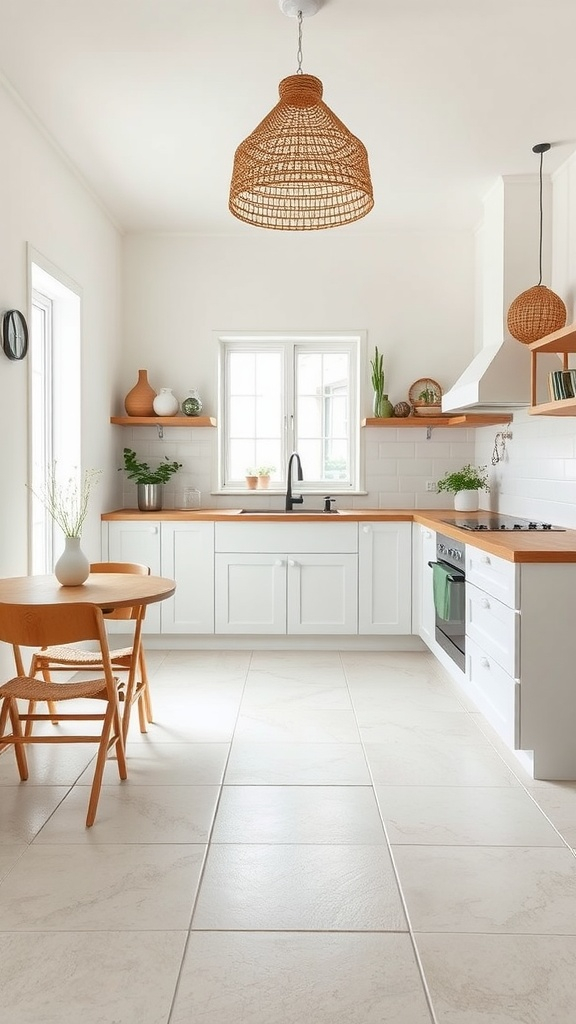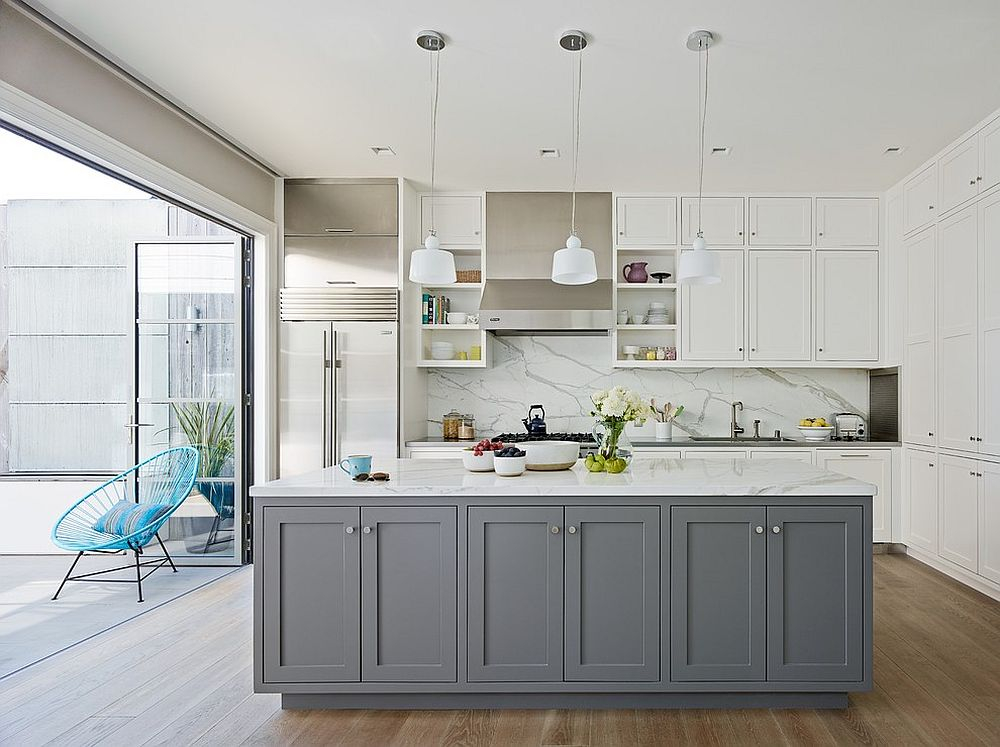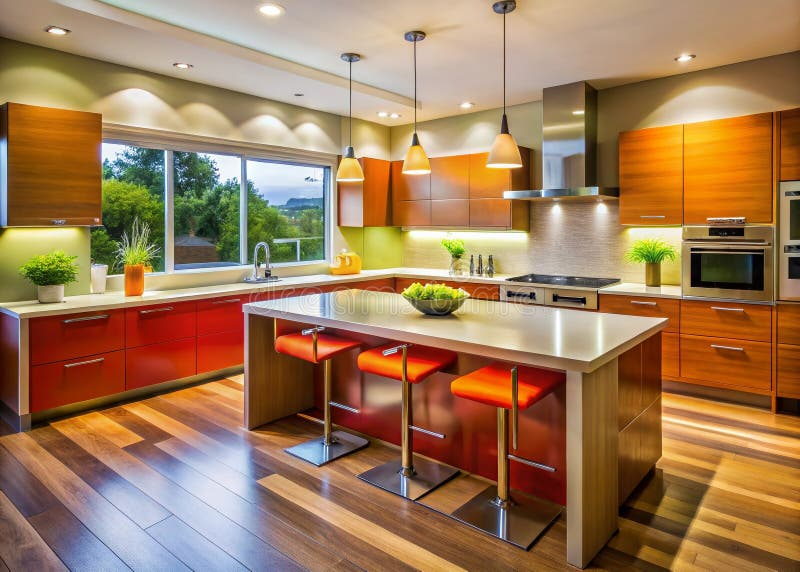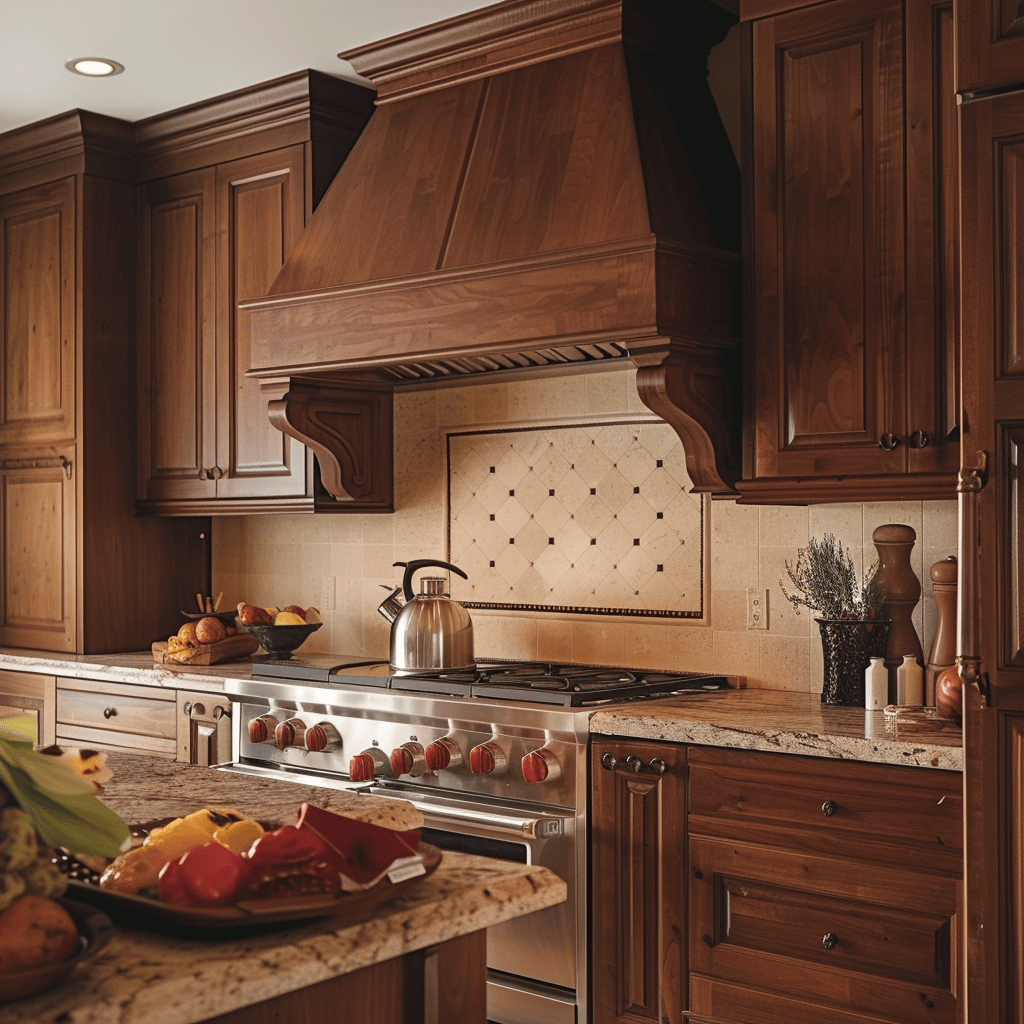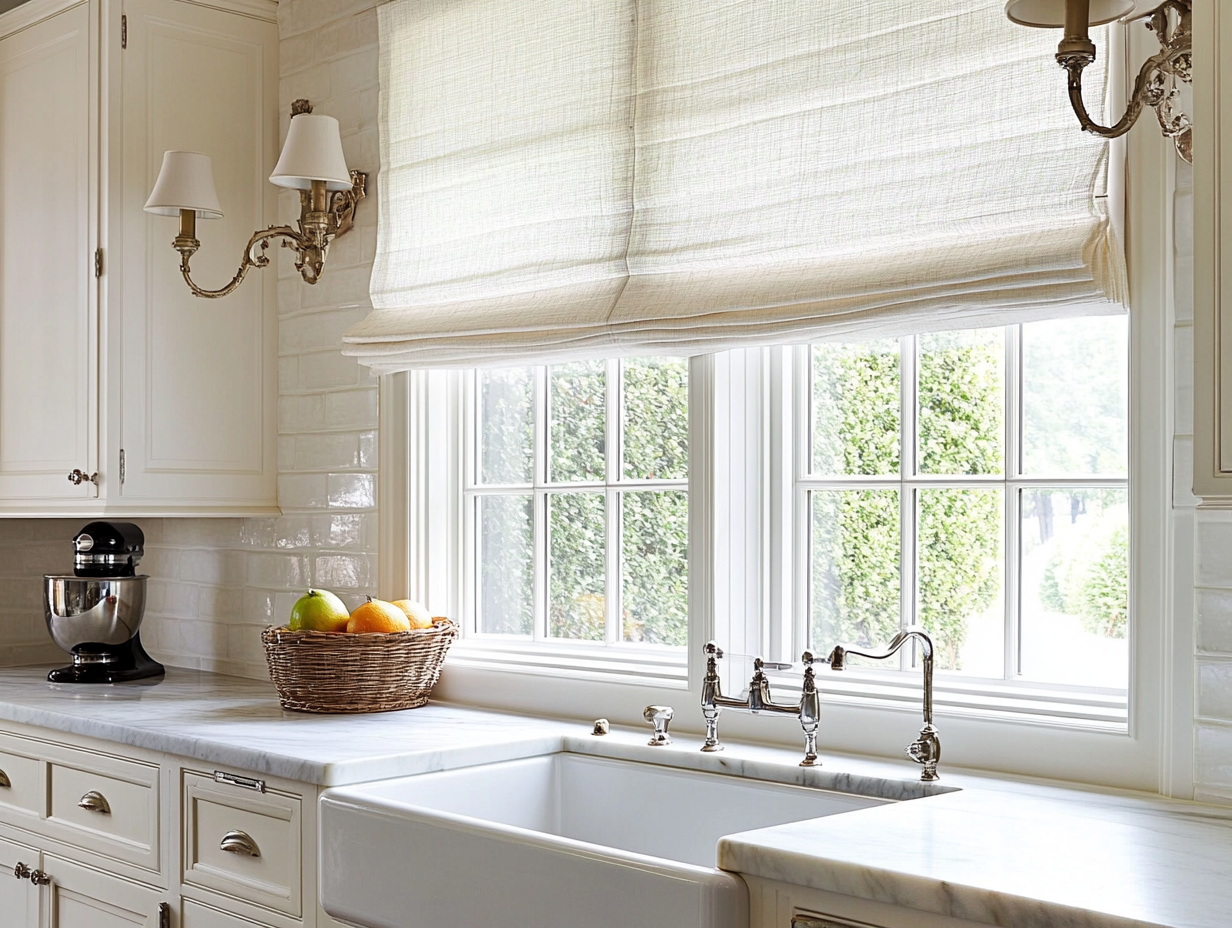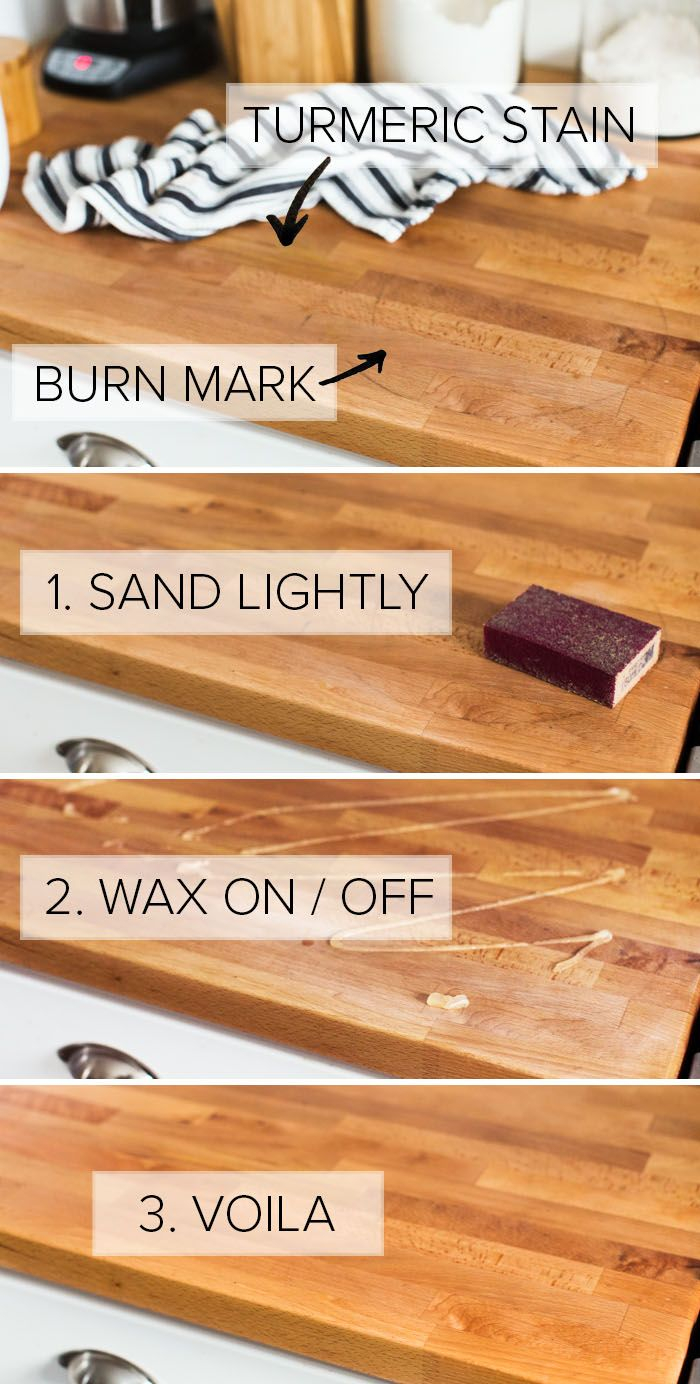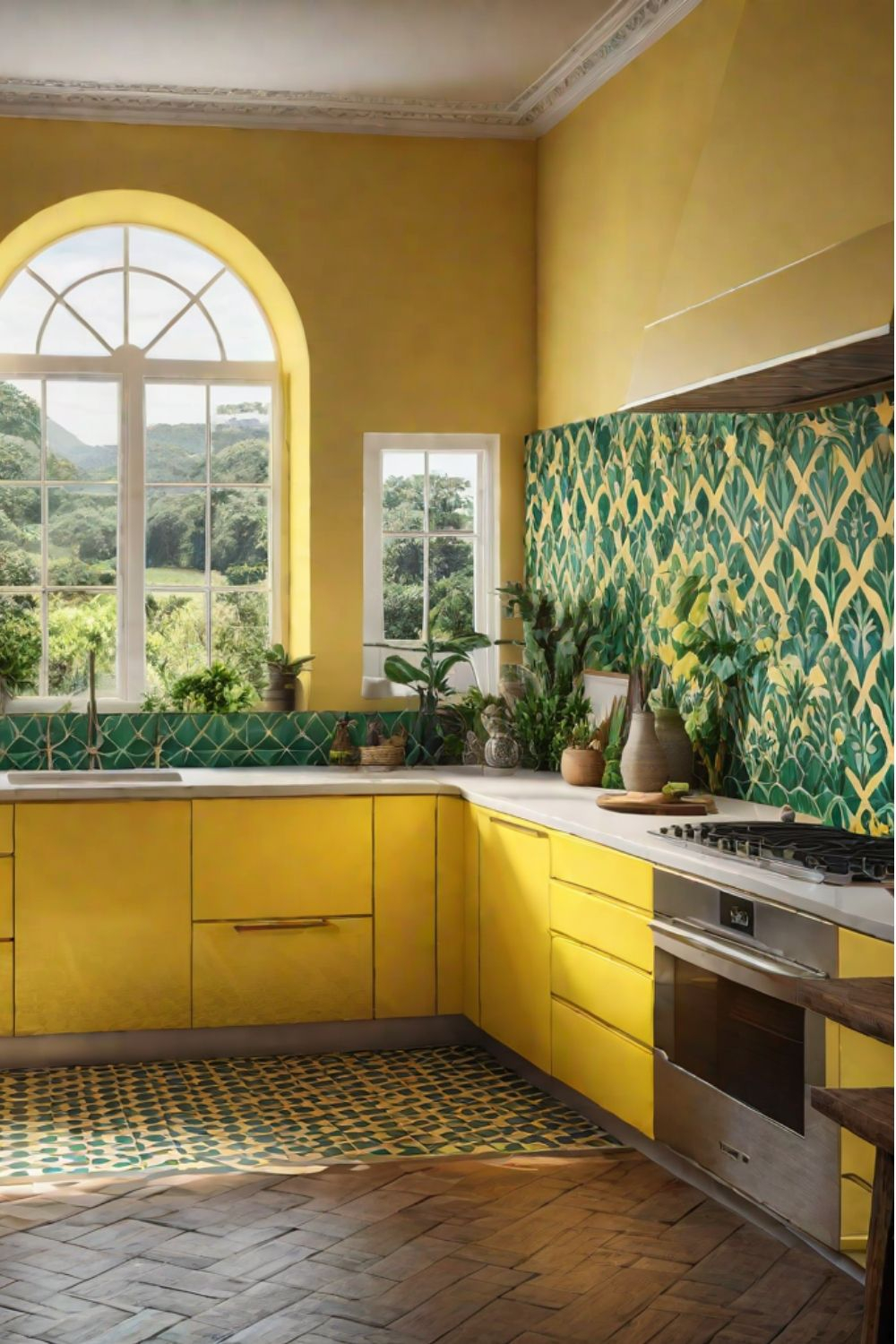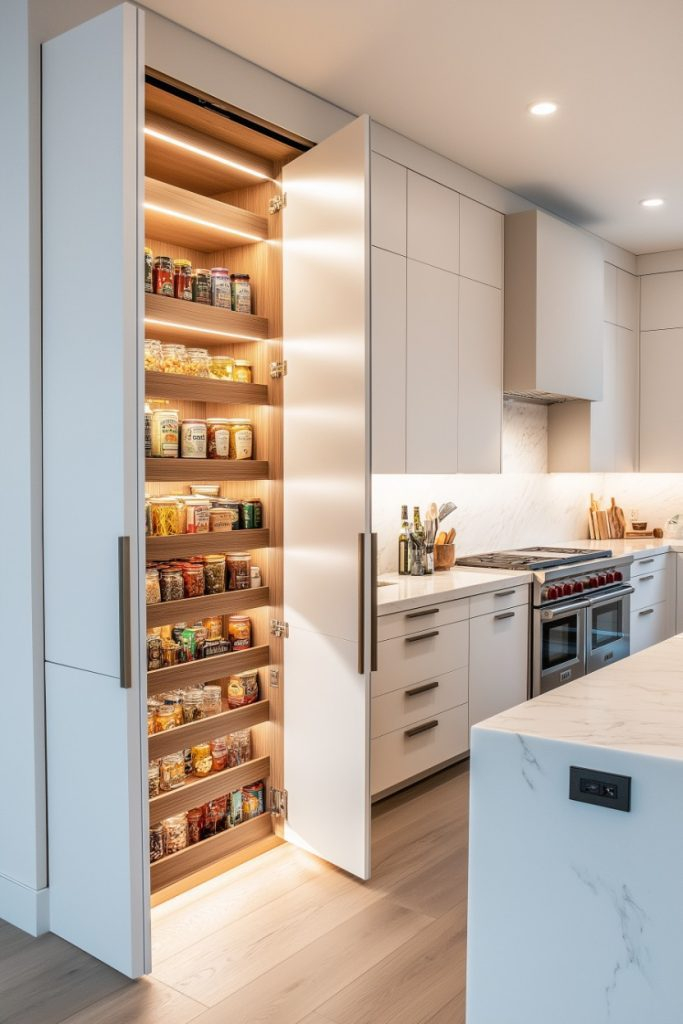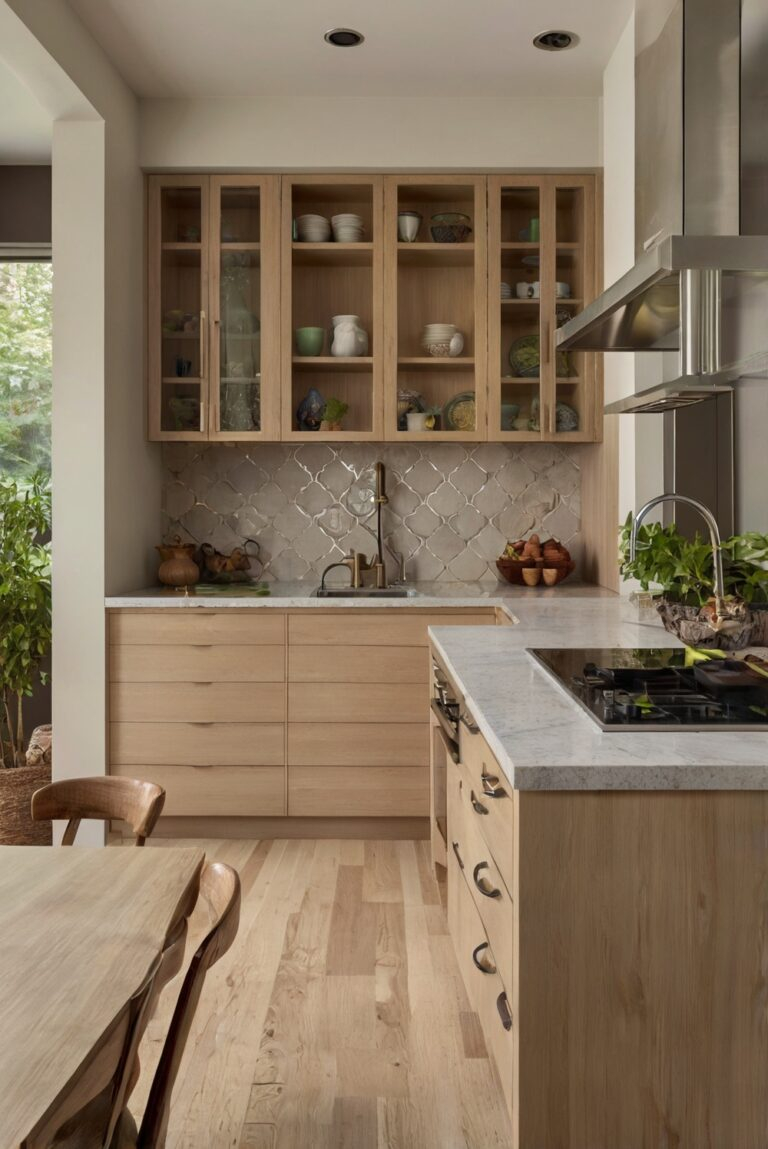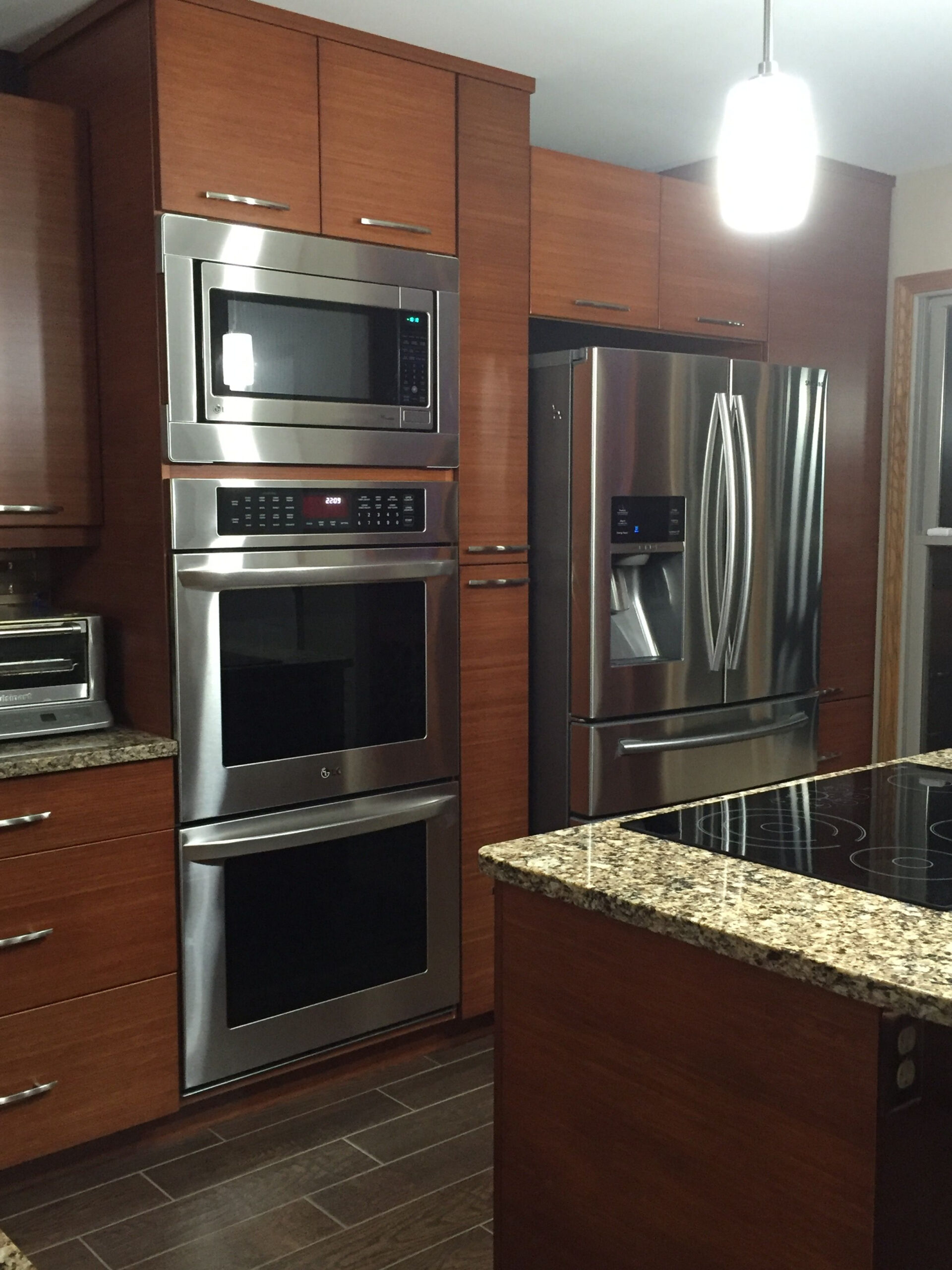Tired of the same old kitchen color palettes? Let’s talk about grey floors. It might sound a bit daring, but grey is actually one of the most adaptable and sophisticated choices for a kitchen. It’s a real chameleon, capable of creating everything from a cozy, rustic vibe to a sleek, modern look. So, if you’re ready to step beyond the predictable ‘beige’ and give your kitchen a serious style upgrade, you’ve come to the right place. We’re diving deep into why grey is the unsung hero of kitchen flooring and how you can find the perfect shade and material to bring your dream kitchen to life.
For years, kitchens often defaulted to warm, earthy tones – think beige tiles, cream cabinets, and wood finishes. And while there’s nothing wrong with those classic looks, many homeowners are now seeking something a little more contemporary, a touch more refined. Enter grey. It’s a color that’s been steadily gaining traction, and for good reason. Grey isn’t just a color; it’s a spectrum. From the lightest, airy silver to the deepest, moodiest charcoal, there’s a grey for every aesthetic. It pairs beautifully with almost any cabinet color, countertop material, and backsplash design. Plus, it’s incredibly practical. Unlike lighter colors that show every crumb and spill, many shades of grey can actually hide a surprising amount of everyday kitchen mess. Isn’t that just what we all want? A floor that looks good and is easy to live with.
Understanding the Spectrum: Shades of Grey for Your Kitchen
When we say ‘grey,’ what comes to mind? Probably just one shade. But the reality is, grey is incredibly diverse. Let’s break it down:
- Light Greys: Think soft silver, dove grey, or even a very pale, almost white-grey. These shades are fantastic for making a kitchen feel larger and brighter. They create a clean, airy, and modern atmosphere. Imagine a light grey concrete-look tile or a pale grey luxury vinyl plank – they’re subtle but impactful.
- Medium Greys: This is the sweet spot for many. Ash grey, slate grey, or a classic warm grey offer a balanced look. They provide enough contrast to be interesting without being overpowering. These are excellent for creating a grounded feel, and they work well with both light and dark cabinetry.
- Dark Greys & Charcoal: For a dramatic, sophisticated statement, dark greys are the way to go. Charcoal, gunmetal, or even a deep, almost black-grey can add a sense of luxury and depth. They create a cozy, enveloping feel and pair stunningly with white or light-colored cabinets for a high-contrast look. Just be mindful that very dark, glossy floors can sometimes show dust or water spots more readily, so consider the finish.
Choosing the right shade really depends on the overall mood you want to create and the other elements in your kitchen. Don’t be afraid to get samples and see how they look in your actual kitchen light!
Material Matters: The Best Grey Flooring Options
Now that we’ve explored the shades, let’s talk about what these gorgeous greys are actually made of. Each material brings its own benefits and character:
Porcelain and Ceramic Tile
Porcelain and ceramic tiles are kitchen workhorses. They’re incredibly durable, water-resistant, and stain-resistant, making them ideal for a busy kitchen environment. You can find them in a vast array of grey tones and styles, mimicking natural stone, concrete, or even wood. The grout lines can be a consideration – opt for a grey grout that matches or is close to the tile color to minimize the appearance of dirt and grime. Many modern porcelain tiles even have a textured finish, offering a bit more slip resistance, which is always a plus.
Luxury Vinyl Plank (LVP) and Tile (LVT)
LVP and LVT have come a long way, and they are a fantastic option for a grey kitchen. They are renowned for their durability, water-proof qualities, and ease of installation. Many LVP products offer incredibly realistic grey wood looks or stone effects. They’re also generally warmer underfoot than tile and can be more forgiving if you drop something. It’s a budget-friendly and stylish choice that can handle serious kitchen traffic.
Natural Stone (Granite, Slate, Marble)
For a truly high-end, natural look, consider grey natural stone. Slate, with its inherent variations and textured surface, offers a beautiful, rustic-chic grey. Granite in shades of grey can be incredibly durable and unique. Marble, while stunningly beautiful, is more porous and requires more diligent sealing and care, making it less ideal for a high-traffic, spill-prone kitchen unless you’re prepared for the maintenance. The beauty of natural stone is that no two pieces are exactly alike, offering a one-of-a-kind statement.
Laminate Flooring
Laminate has improved significantly over the years, and many grey wood-look options are quite convincing and affordable. While generally water-resistant, it’s not typically considered as waterproof as LVP, so spills should be wiped up promptly. It’s a good choice for those on a tighter budget who still want the look of grey flooring.
Concrete Flooring
Polished or sealed concrete floors offer a very modern, industrial, or minimalist aesthetic. They are extremely durable and can be stained or tinted in various shades of grey. However, they can be very hard underfoot and may require specialized installation and finishing.
Pairing Grey Floors with Cabinetry and Countertops
The magic of grey flooring truly shines when you consider how it interacts with the other elements in your kitchen. Let’s look at some popular pairings:
- Grey Floors with White Cabinets: This is a classic for a reason. It’s crisp, clean, and timeless. Light grey floors with white cabinets create an airy, spacious feel, while darker grey floors offer a sophisticated contrast. It’s a foolproof combination that works in almost any style of kitchen.
- Grey Floors with Grey Cabinets: Want to go monochrome? It can be incredibly chic! Try pairing a lighter grey floor with medium grey cabinets, or vice versa. Varying the shades and finishes is key here to avoid a flat look. For example, a matte, concrete-look grey floor with shaker-style cabinets in a slightly different grey tone can be very striking.
- Grey Floors with Wood Cabinets: This is where grey really shows its warmth. A medium or warm grey floor can beautifully complement natural wood tones, from light maple to rich walnut. It bridges the gap between natural and modern elements, creating a welcoming and balanced space.
- Grey Floors with Black or Dark Cabinets: For a dramatic and luxurious feel, pair grey floors with black or very dark cabinets. This high-contrast look is bold and contemporary. Lighter or medium grey floors will provide a grounding element against the dark cabinetry.
When it comes to countertops, grey floors are incredibly forgiving. They look great with white quartz, black granite, butcher block, or even bold patterned countertops. The key is to consider the undertones of your grey flooring – is it warm or cool? – and ensure it harmonizes with your chosen countertop material and cabinet color.
Durability and Maintenance: Keeping Your Grey Floors Looking Great
A kitchen floor needs to be tough. It’s the frontline against spills, dropped utensils, and constant foot traffic. So, how do different grey flooring options hold up, and what’s involved in keeping them looking pristine?
- Porcelain and Ceramic Tile: These are champions of durability. They’re scratch-resistant and highly resistant to stains and water. Cleaning is usually a simple sweep or mop with a mild cleaner. The main maintenance concern is the grout, which can absorb stains over time. Sealing grout regularly and using a grout cleaner can help. Some people opt for epoxy grout for ultimate stain resistance.
- Luxury Vinyl: LVP is also a top contender for durability and ease of care. It’s waterproof and generally scratch-resistant. Most spills can be wiped up with a damp cloth or mop. Avoid abrasive cleaners or harsh scrubbing pads, as these can dull the finish.
- Natural Stone: Slate and granite are quite durable but can be prone to staining if not sealed properly. Regular sealing (typically annually or bi-annually, depending on the stone and traffic) is crucial. Use pH-neutral cleaners specifically designed for natural stone. Marble requires the most vigilant care due to its porosity.
- Laminate: While improved, laminate can be susceptible to moisture damage, especially at the seams, if spills aren’t cleaned up quickly. It can also scratch or chip if heavy objects are dropped on it. Regular sweeping and occasional damp mopping are usually sufficient.
- Concrete: Concrete is incredibly hardwearing, but it can chip or crack under severe impact. The sealant is what protects it from stains, so re-sealing may be necessary over time. Cleaning is generally simple – sweeping and mopping.
Ultimately, the best choice depends on your lifestyle. If you have young kids and pets and a busy cooking schedule, porcelain, ceramic, or LVP might be your best bet for low-maintenance peace of mind.
The Undertones of Grey: Warm vs. Cool
This is a crucial point that often gets overlooked! Not all greys are created equal, and understanding their undertones will make a huge difference in how your kitchen feels.
- Cool Greys: These greys have blue, purple, or green undertones. They tend to feel crisp, modern, and sometimes a bit stark. If your kitchen gets a lot of natural light, a cool grey can feel very bright and airy. They pair exceptionally well with white, black, stainless steel, and cooler wood tones. Think of a stormy sky or a cool slate.
- Warm Greys: These greys have yellow, beige, or brown undertones. They are often called ‘greige’ (grey + beige) or taupe. Warm greys feel more inviting, cozy, and traditional. They are excellent for creating a comfortable atmosphere and work beautifully with wood cabinets, cream or off-white elements, and warmer accent colors. Think of a soft, earthy stone.
How do you tell the difference? Look at samples in different lighting conditions throughout the day. Hold them next to pure white or cream to see what undertones pop out. If you’re aiming for a very modern, clean look, cool greys might be your preference. If you want a more inviting, comfortable space, lean towards warm greys. This subtle difference can dramatically impact the overall aesthetic of your kitchen.
Practical Tips for Choosing Your Grey Floor
Ready to make a decision? Here are a few final pointers to guide you:
- Get Samples: I can’t stress this enough! Bring home samples of your top choices. Lay them on your kitchen floor, look at them in natural light, artificial light, during the day, and at night. See how they look next to your cabinets, countertops, and backsplash.
- Consider the Finish: Matte finishes tend to hide scuffs and smudges better than high-gloss finishes. Textured surfaces can also add grip and mask minor imperfections.
- Think About Grout: For tile, the color and width of your grout lines are important. Matching grout can create a more seamless, modern look, while contrasting grout can add a decorative element. For durability and stain resistance, consider epoxy grout, especially in high-traffic areas.
- Factor in Your Lifestyle: Are you a meticulous cleaner, or do you prefer a floor that’s more forgiving? This will help you decide between materials and shades.
- Don’t Forget the Undertones: As we discussed, this is key to ensuring your grey floor complements the rest of your kitchen’s color scheme.
- Budget: Determine your budget beforehand. LVP and laminate are generally more budget-friendly than natural stone or high-end porcelain tile.
So, there you have it. Grey kitchen flooring is far from boring; it’s a versatile, stylish, and practical choice that can completely transform your culinary space. Whether you’re drawn to the crispness of a light, cool grey or the cozy depth of a warm charcoal, there’s a perfect grey floor waiting to be discovered. By considering the shades, materials, undertones, and how they’ll pair with your existing elements, you can confidently step beyond the beige and create a kitchen that’s not only beautiful but also perfectly suited to your life. Happy flooring hunting!

